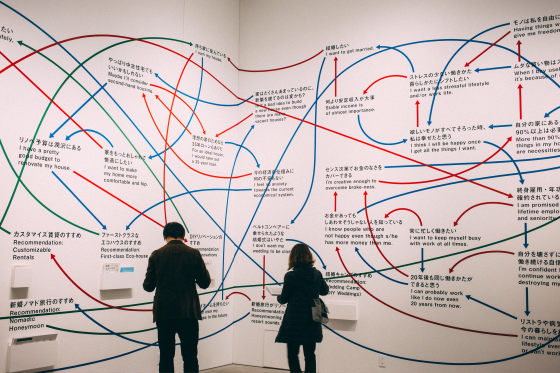Summary of points when performing 'brainstorming' that produces the best ideas as a group / person

What is Brainstorming?
https://runpondr.com/blog/brainstorming
Brainstorming is a meeting method developed by Alex F. Osborn, an executive of an advertising agency. While people solve many problems in their lives, brainstorming is designed to give the best possible results with free thinking.
The process of human creation can be broadly divided into two types: 'divergent thinking' that broadens ideas to gain insights and new ideas, and 'convergent thinking' that refines ideas and narrows them. Many people develop the skills of convergent thinking in education, but the best and radical ideas come from divergent thinking. Brainstorming takes a divergent thinking approach, with a focus on 'questions' rather than 'answers.'

Hull Gregerson, a researcher at the Massachusetts Institute of Technology (MIT),
Brainstorming is generally done in groups, but it can be done by one person. So Qumsieh summarizes how group or individual brainstorming methods are:
◆ How to brainstorm in a group
Step 1: Prepare the session
It is recommended that brainstorming be done by a small number of people, and the number of participants should be limited to 5 to 7. You should also be careful about the participants, and if only like-minded people gather, it will only foster a vision. It is important to bring together people from different disciplines with as diverse backgrounds and experiences as possible.
You also need to record your ideas on the whiteboard and decide on a “facilitator” to get the participants on track. Visualizing ideas helps keep participants focused on the agenda, Qumsieh wrote.
And it's also important to set a time limit before brainstorming. How much time is required depends on the content, but it is usually 15 minutes to 1 hour.

Step 2: Session management
First, brainstorming begins with a brief overview to help participants understand and share their knowledge on the agenda. In addition, there are various types of participants, such as those who have a loud voice, those who have a low voice, and those who want to control the place, so the facilitator confirms that 'the voices of all people have reached' each time. ..
Also note that although brainstorming is a place to give free opinions, it will not serve its purpose if it is too far from the agenda. If the conversation goes awry, you need to refocus the conversation.
It is especially important to create a 'fun' and 'free' environment and not kill the voices of the participants. Ideas can be refined as much as you want later, so focus on coming up with as many ideas as you can without crushing them. At this time, once everyone has come up with a new idea, it is possible to generate more abundant ideas by asking the next question or idea based on the new idea.
Finally, Qumsieh also mentioned taking breaks to avoid burnout.
Step 3: Review the session
At the end of the session, review your ideas from the perspective of 'which ideas are feasible'. This process is the so-called 'convergent thinking'.

◆ Brainstorming method that can be done by one person
Brainstorming is generally done by multiple people, but it is reported that brainstorming by oneself has the merits of 'being positive' and 'free from human judgment and ego'. Qumsieh summarizes the following tips for brainstorming alone.
・ Word storming
A method called 'wordstorming' is to write down everything you can think of for a word on paper. By looking at the written words as a whole, it may take shape as an idea. You can also turn off the analytical parts of your brain and access your unconscious by drawing pictures instead of words.
・ Assuming 'what if'
Brainstorming is also a simple way to ask yourself questions that start with 'what if'. Qumsieh says this is a technique that writers use to generate ideas from nothing.
・ Mind map

・ Question
This is the same as brainstorming by a group, where you just ask a question without trying to find an answer. By not asking for an answer, it becomes clear that he is not expecting it.
・ Set restrictions
Setting limits sounds like the exact opposite of 'thinking freely,' but in reality, setting limits on time and thoughts can help you be creative, Qumsieh said.
Related Posts:
in Note, Posted by darkhorse_log







